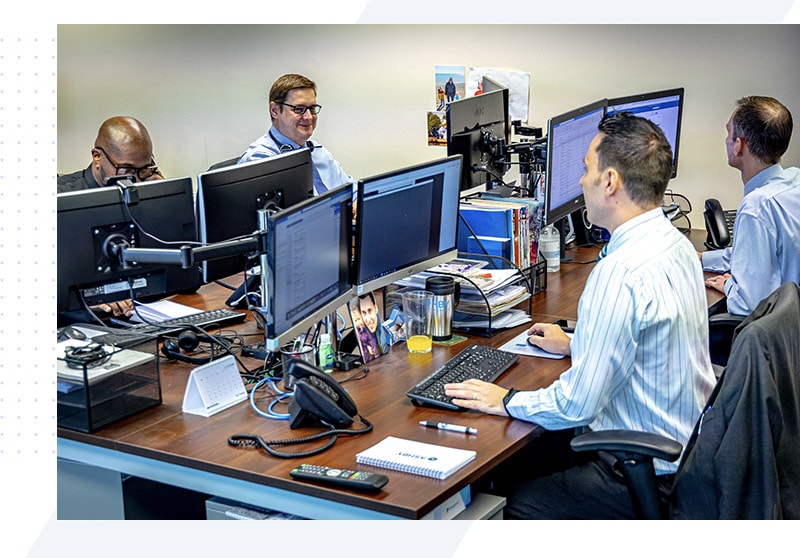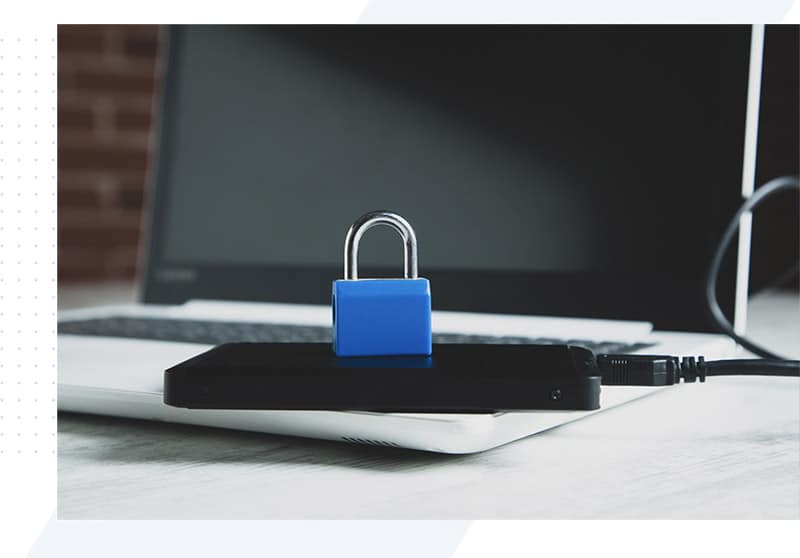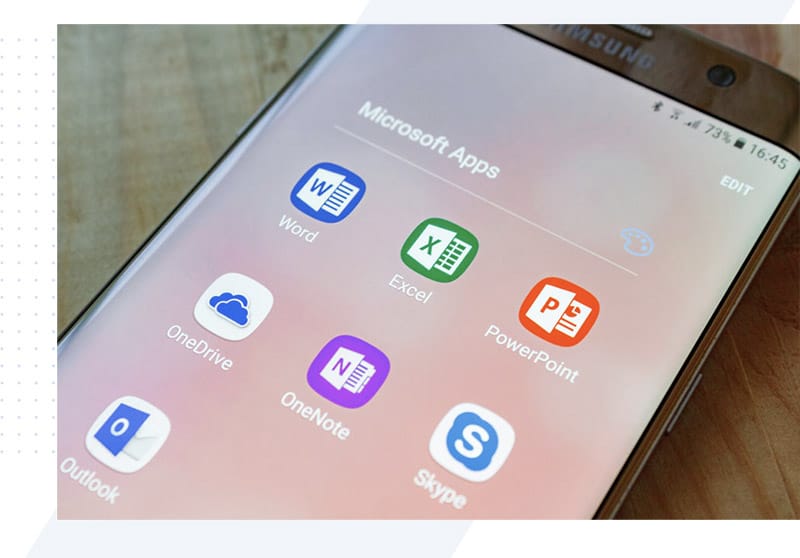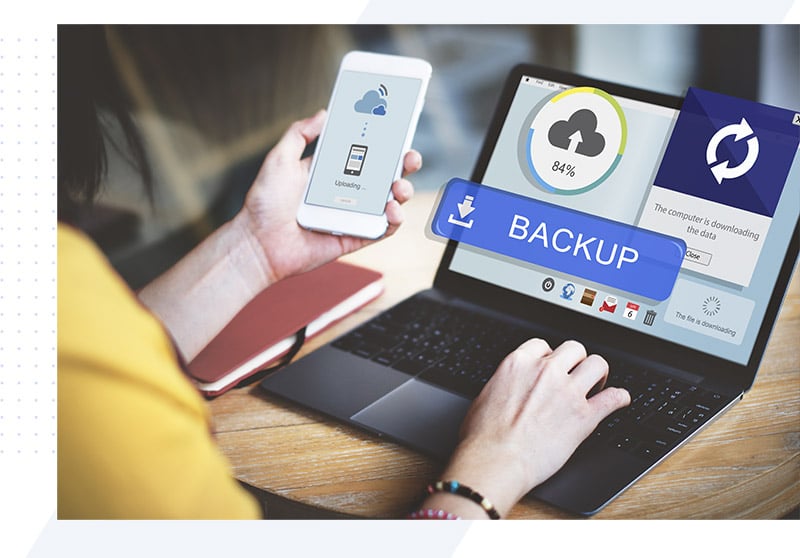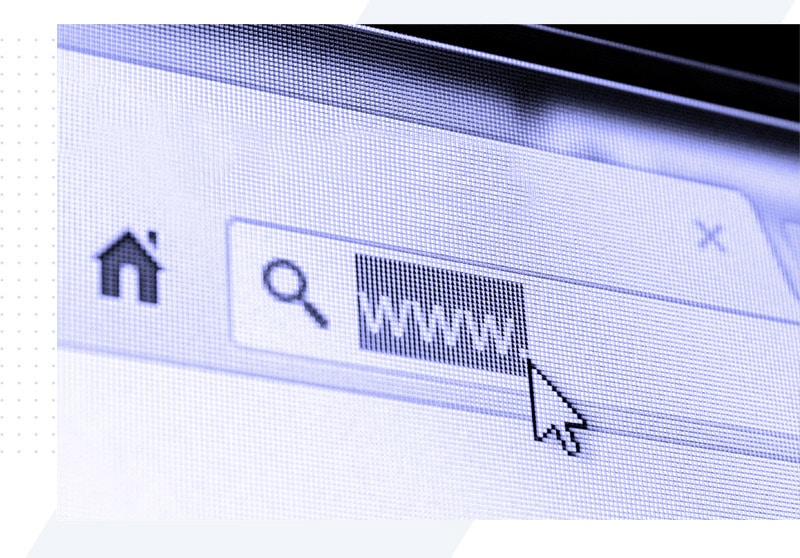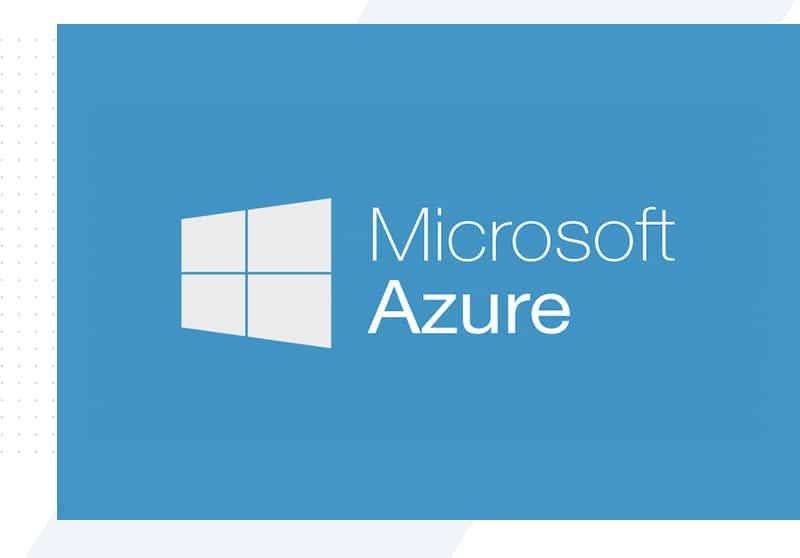Microsoft is introducing passwordless logins: how will this secure your business?

Introduction
Passwords can be the weakest link for any business.
It takes just one compromised password to bring an entire business to its knees. Passwords can be shared, forgotten, hacked, or stolen.
The introduction of passwordless logins can decrease the chances of a potential hack.
Here’s what users should know about passwordless logins, how they work, and why they’re considered much safer than the traditional way of accessing online accounts.
Passwordless Logins: What Are They?
Passwordless logins use alternative authentication methods to allow users access. Sometimes, passwordless logins are combined with the use of keys for doubled security.
The use of passwordless logins are safer, period. Passwordless logins might also turn out to be easier for the end-user, requiring nothing complicated to remember. (or forget).
Methods like two-way authentication, OTP use and fingerprint or biometric tracking are some of the methods used.
Financial institutions and high-security companies were the first to switch to these methods of authentication. If you want to protect the safety of your web users, you should too.
Superior to Passwords
Current methods of password authentication (or U/P) require the combination of a username and password. Let’s be honest: it’s weak, with most people proven to use passwords that are simple to guess.
It’s too common for users to use the same password across several platforms. For companies, it presents a cybersecurity nightmare.
These details are easy to forget, share, or steal. That’s a risk most companies (and personal users!) would prefer to avoid.
Password managers can increase risk instead of reducing it, with one stolen password putting an entire company at risk.
If you do away with passwords entirely, you also get rid of the cybersecurity risks they might pose to your company.
The consensus is that passwordless logins are the future.
A Stronger Stronghold
Passwords are an unnecessary risk when better options are available.
Phishing, ransomware and forgetfulness can sink a business by attacking just one password. Since many users utilize the same password across more than one site, other hacks can even backfire and affect your business and its security.
We all know that passwords aren’t safe anymore.
Passwordless authentication is the stronger stronghold that your businesses cybersecurity needs to be.
Unpacking Passwordless Authentication
There’s one thing that all methods of passwordless authentication have in common: authenticating the user by means other than the traditional (and horribly tedious) username and password.
• OTPS: One-time-Pin authentication methods provide the user with a passkey through a verified device. The OTP is usually temporary and will expire within minutes to hours of being requested.
• BIOMETRICS: Biometrics authentication systems use visual tracking to identify and authenticate the user. For high-security systems, this is becoming an increasingly popular choice: proper biometrics systems are harder to fool.
• PUSH NOTIFICATIONS:Push notifications authenticate the user via an app, combined with a platform login. It works much like an OTP system, but through a separate system instead of a simple code.
• FINGERPRINTS: Fingerprint systems require a physical fingerprint (and sometimes, heat signature) to authenticate the user.
Good For Business
The average person remembers a selection of at least 50 passwords, including their old ones. As the digital age continues, the list of passwords to remember can only become more.
Don’t risk your entire business on the strength of user passwords: switch to superior authentication methods today.





